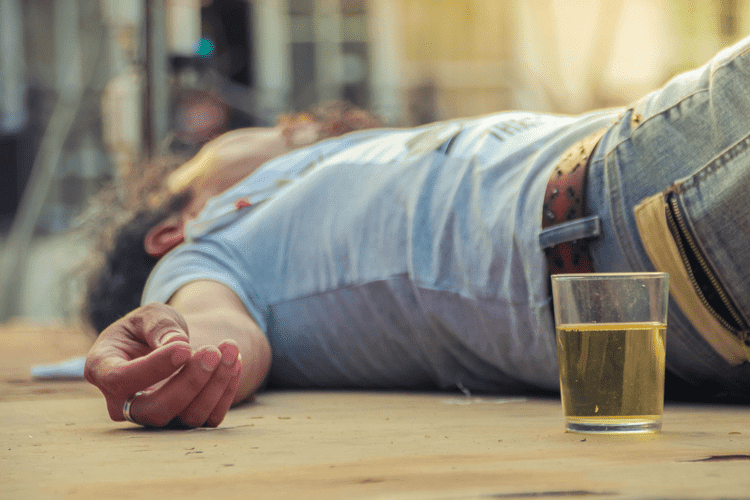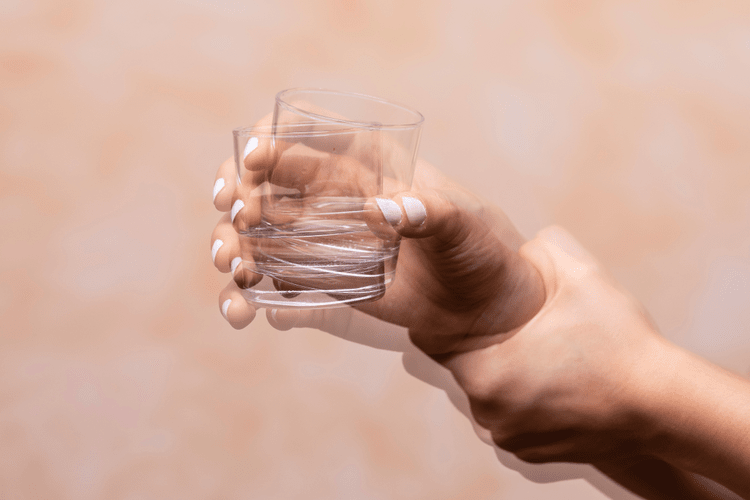However, at low doses, the risk of depression appears to be minimal, and many patients report improvements in mood. Low dose naltrexone is one such treatment that has garnered attention in recent years. As a glial cell modulator, LDN is considered a medication of convenience. It is unlikely, therefore, that LDN represents the full promise of glial cell modulation in the treatment of chronic pain and inflammatory conditions. We now discuss some of the most promising compounds that may be tested in the near future. Low-dose naltrexone has found success in treating a wide range of illnesses and conditions, making it one of the most popular alternative treatments available today.
- Hydration, adjusting the timing of the medication, or incorporating relaxation techniques may help alleviate these headaches.
- Enhance your vitality with Low Dose Naltrexone (LDN) for a natural energy boost.
- This may reduce inflammation and ease symptoms in autoimmune or neurological conditions.
- Experts at the National MS Society advocate for more extensive research studies to confirm LDN’s effectiveness across various conditions.
Foods To Avoid When Taking Low-Dose Naltrexone
LDN, on the other hand, uses a softer touch, avoiding full receptor shutdown while encouraging positive changes in the body’s internal balance. Its unique way of working means that certain drugs, supplements, or lifestyle choices can interfere with its effects or even trigger unwanted side effects. Knowing what to avoid when taking LDN isn’t just about following rules—it’s about giving the medication the best chance to work as intended. Low dose naltrexone (LDN) is one-tenth, or 10%, of the dose that is usually taken for opioid addiction. A low dose of Naltrexone is approximately 4.5mg of naltrexone a day compared with the usual dosage of naltrexone for opioid addiction which is 50mg up to around 100 mg per day.
How Long to See Benefits of Low-Dose Naltrexone?
Always consult with a knowledgeable healthcare professional before beginning LDN treatment to ensure its https://ecosoberhouse.com/article/naltrexone-side-effects-uses-and-risks/ safety and effectiveness for your specific needs. Inflammatory markers, such as C-reactive protein (CRP) and erythrocyte sedimentation rate (ESR), are often used to monitor the effectiveness of LDN treatment. By tracking these markers, healthcare providers can adjust the dosage as needed to optimize the anti-inflammatory effects of LDN. This approach ensures that the treatment is both effective and tailored to the patient’s specific inflammatory profile. By comparing high and low dose naltrexone regimens, we can better understand the therapeutic potential of LDN, particularly in treating chronic pain conditions. This comparison underscores the importance of personalized medicine, where the choice of treatment is tailored to the individual’s specific needs and health profile.

Clinical Service
By avoiding alcohol and following a structured approach, we help you achieve sustainable weight loss safely and effectively. With our ongoing support, you can confidently navigate your weight loss journey with LDN. While there are no strict what is Oxford House dietary restrictions when taking low-dose naltrexone, maintaining a balanced diet can significantly enhance the medication’s effectiveness. Eating nutrient-dense foods that reduce inflammation and support overall health can help optimize treatment outcomes. Despite its potential benefits, low-dose naltrexone also have side effects, which range from mild to more significant. The most commonly reported effects include sleep disturbances, mild digestive discomfort, or headaches.

Low-Dose Naltrexone: Benefits and Side Effects
- Furthermore, LDN may help manage dermatitis, an inflammatory skin condition that leads to redness, itching, and sometimes blistering.
- This means it’s possible that some individuals would experience anxiety due to blockade of endogenous opioids.
- These naturally occurring opioids play a crucial role in regulating pain and immune responses.
- It is used as part of an overall program that may include counseling, attending support group meetings, and other treatment recommended by your healthcare provider.
- In conclusion, while low dose naltrexone shows promise as a potential treatment for anxiety, it’s essential to approach its use with caution and under proper medical supervision.
Physical dependence is not necessarily a sign that you have developed a substance use disorder. Your healthcare provider may do a urine screen or other tests to help them determine if it is safe for you to take naltrexone. Before taking naltrexone, be sure to tell your healthcare provider about any use of prescription and/or illicit opioids.